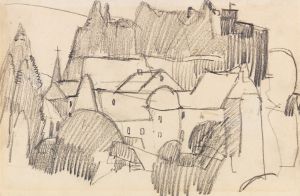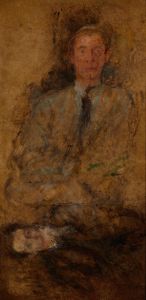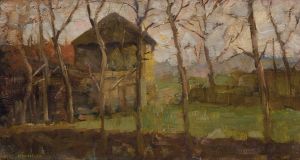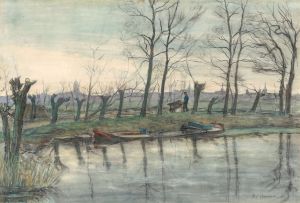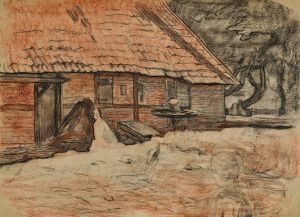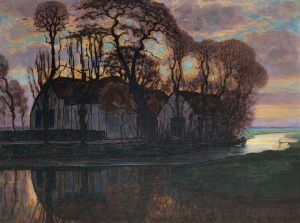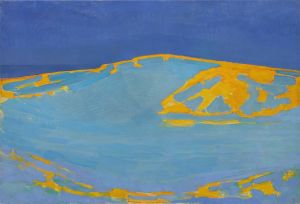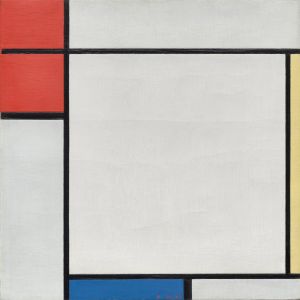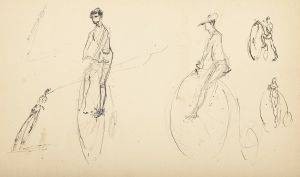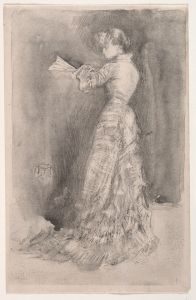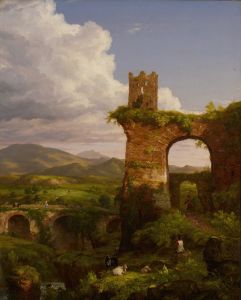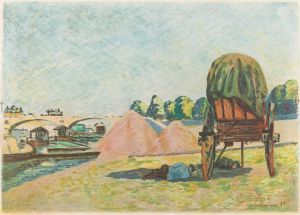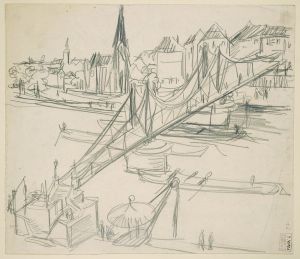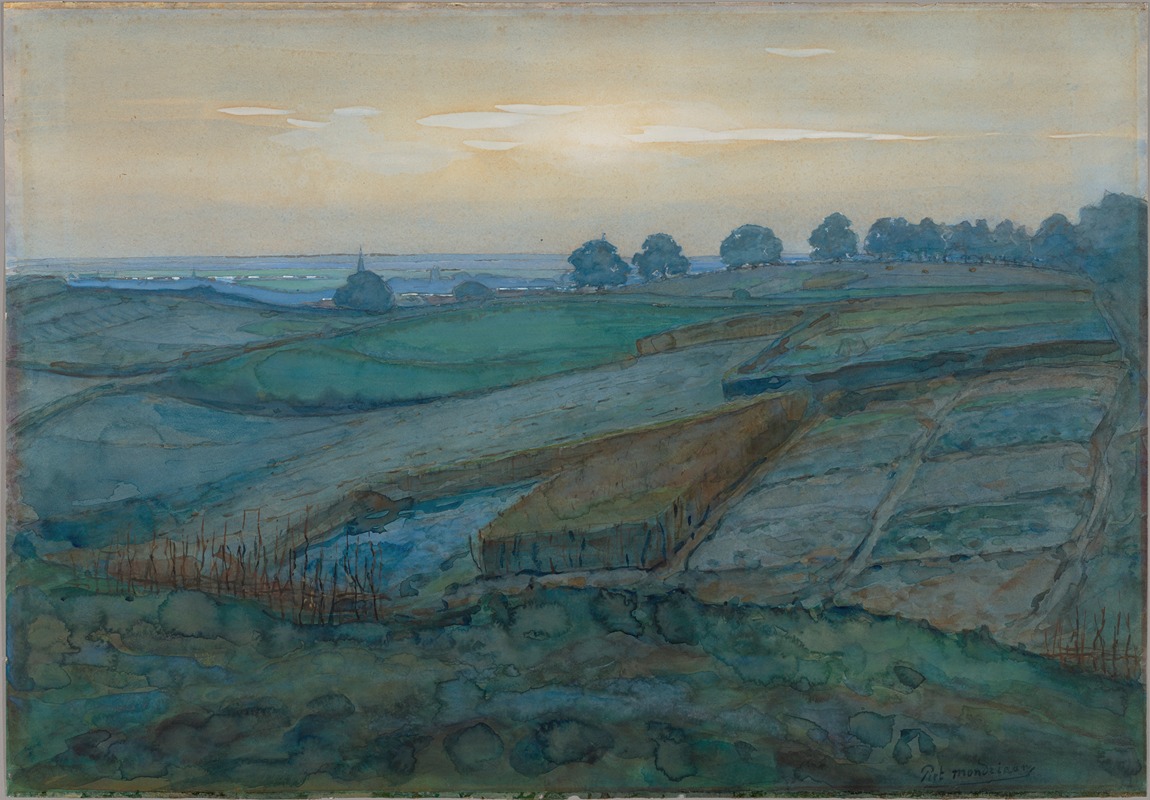
Landscape near Arnhem
A hand-painted replica of Piet Mondrian’s masterpiece Landscape near Arnhem, meticulously crafted by professional artists to capture the true essence of the original. Each piece is created with museum-quality canvas and rare mineral pigments, carefully painted by experienced artists with delicate brushstrokes and rich, layered colors to perfectly recreate the texture of the original artwork. Unlike machine-printed reproductions, this hand-painted version brings the painting to life, infused with the artist’s emotions and skill in every stroke. Whether for personal collection or home decoration, it instantly elevates the artistic atmosphere of any space.
"Landscape near Arnhem" is a painting created by the Dutch artist Piet Mondrian in 1902. This work is an example of Mondrian's early artistic phase, which was characterized by his exploration of naturalistic and impressionistic styles before he transitioned to the abstract geometric compositions for which he is best known.
The painting depicts a serene rural scene near Arnhem, a city in the eastern part of the Netherlands. During this period, Mondrian was deeply influenced by the Dutch landscape and often painted scenes of nature, including fields, trees, rivers, and windmills. "Landscape near Arnhem" reflects his interest in capturing the atmosphere and mood of the natural environment, with an emphasis on light, color, and texture.
In this work, Mondrian employs a soft and muted color palette, using earthy tones and subtle contrasts to convey the tranquility of the countryside. The brushwork is loose and expressive, suggesting the influence of Impressionism, which Mondrian encountered during his early career. At the same time, the painting hints at his growing interest in structure and form, elements that would later become central to his artistic evolution.
This painting is significant as it provides insight into Mondrian's development as an artist. It represents a transitional phase in his career, during which he was experimenting with different styles and techniques. While "Landscape near Arnhem" is firmly rooted in representational art, it foreshadows the abstraction and simplification of forms that would define his later works.
The painting is part of Mondrian's broader body of work from the early 1900s, a period during which he produced numerous landscapes and studies of nature. These works are often seen as a foundation for his eventual move toward abstraction and the development of his signature style, De Stijl, which he co-founded in 1917.
"Landscape near Arnhem" is held in a private collection and is not as widely known as Mondrian's later abstract compositions. However, it remains an important piece for understanding the trajectory of his artistic journey and the influences that shaped his groundbreaking contributions to modern art.





